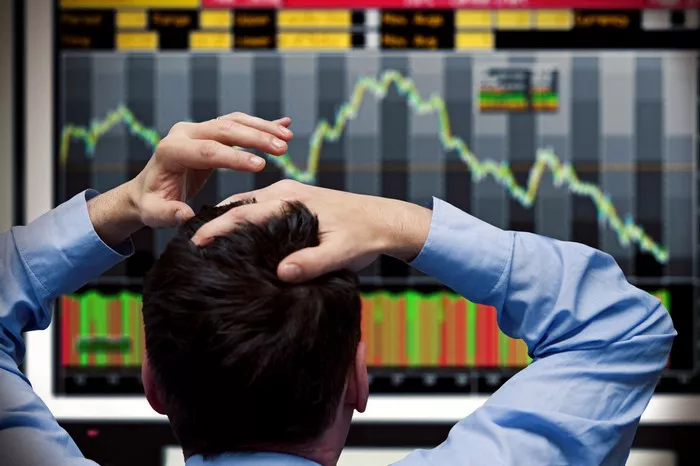In the ever-evolving world of financial markets, selecting the best futures to buy today requires a nuanced understanding of various factors. From commodities and currencies to indices and interest rates, the futures market offers a diverse array of instruments for traders and investors.
Assessing Market Conditions
The first step in identifying the best futures to buy involves assessing current market conditions. Markets can be influenced by factors such as economic data releases, geopolitical events, and overall investor sentiment. Traders need to stay informed about the prevailing trends and dynamics in different asset classes, as these conditions can impact the performance of futures contracts.
Understanding Economic Indicators
Economic indicators play a significant role in guiding decisions about which futures to buy. Indicators like GDP growth, employment figures, and inflation rates provide insights into the health of an economy and can influence the performance of various futures contracts. Traders should monitor economic calendars to stay abreast of key releases that may impact their chosen futures.
Diversification Across Asset Classes
Diversification is a fundamental principle of risk management. When considering the best futures to buy, traders often look beyond a single asset class. Diversifying across commodities, currencies, and indices can help spread risk and mitigate the impact of adverse market movements on a trader’s overall portfolio.
Interest Rate Futures
Interest rate futures are among the most actively traded instruments in the futures market. These futures contracts are based on interest rates and can include Treasury bonds, Eurodollar contracts, and other fixed-income securities. Traders often turn to interest rate futures to speculate on or hedge against changes in interest rates, making them a vital component of a diversified futures portfolio.
Commodity Futures
Commodities are integral to the global economy, and commodity futures provide a means for traders to gain exposure to various raw materials. Energy commodities like crude oil and natural gas, precious metals like gold and silver, and agricultural products such as corn and soybeans are popular choices. Commodities are influenced by supply and demand dynamics, geopolitical events, and weather conditions.
Currency Futures
Currency futures enable traders to speculate on the exchange rate between two currencies. Major currency pairs, such as the Euro/US Dollar and the Japanese Yen/US Dollar, are actively traded in the futures market. Currency futures appeal to traders seeking opportunities in the foreign exchange market while benefiting from the transparency and standardized contracts offered by futures exchanges.
Index Futures
Index futures derive their value from the performance of a stock market index, such as the S&P 500 or the NASDAQ-100. These futures contracts allow traders to gain exposure to the broader market without directly owning individual stocks. Index futures are popular among investors looking for diversification and opportunities tied to overall market trends.
Volatility Futures
Volatility futures, often associated with the VIX (Volatility Index), allow traders to speculate on market volatility. These futures contracts are designed to track the expected volatility in the market. Traders may turn to volatility futures as a hedging tool or to capitalize on anticipated price swings during periods of uncertainty.
Strategic Approaches
Selecting the best futures to buy requires a strategic approach tailored to individual preferences and risk tolerance. Traders may adopt trend-following strategies, where they identify and capitalize on prevailing market trends. Contrarian strategies involve taking positions against prevailing trends, anticipating reversals. Additionally, event-driven strategies focus on specific events or catalysts that may impact the chosen futures.
Technical Analysis and Chart Patterns
Technical analysis is a valuable tool for traders seeking the best futures to buy. Chart patterns, trendlines, and technical indicators can provide insights into potential entry and exit points. Traders often use historical price data and chart analysis to identify patterns that may indicate future price movements in the chosen futures.
Risk Management and Position Sizing
Managing risk is integral to successful futures trading. Traders should implement risk management techniques such as setting stop-loss orders, diversifying their portfolios, and carefully determining position sizes. Position sizing ensures that potential losses are controlled, allowing traders to withstand adverse market conditions.
Staying Informed and Adapting Strategies
The financial markets are dynamic, and staying informed is a continuous process. Traders must remain abreast of news, economic developments, and changing market conditions. Additionally, the ability to adapt strategies based on evolving circumstances is crucial for navigating the complexities of the futures market and making informed decisions about the best futures to buy.
Conclusion
Choosing the best futures to buy today requires a multifaceted approach that considers market conditions, economic indicators, and strategic considerations. Whether trading interest rate futures, commodities, currencies, or indices, market participants must conduct thorough research and stay informed. Diversification, risk management, and strategic approaches contribute to a well-rounded trading strategy. By understanding the intricacies of the futures market and adopting informed decision-making processes, traders can position themselves for success in today’s dynamic financial landscape.

